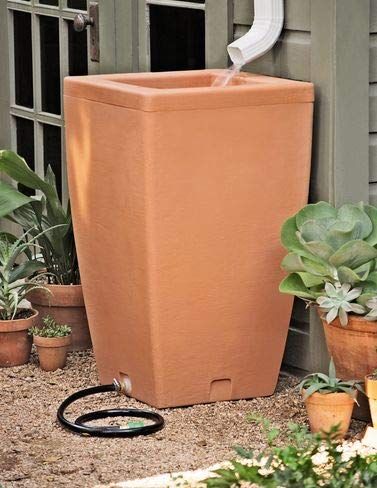Water Heater Corrosion On Top

Your pipe fittings are loose.
Water heater corrosion on top. Use all copper next time. The heater is old 11 years but works just fine. Another reason your hot water heater may be leaking at the top could be because. One of the most common reasons your hot water heater may be leaking at the top could be due.
A copper water pipe connected to the steel water heater dielectric fitting. I just flushed the tank and there didn t appear to be any sediment the water was at least visibly clear the whole whole time. A water heater is designed to resist corrosion through a number of methods. Older water heaters kept a cushion of air at the top of the tank to prevent water pressure spikes.
However allowing air into the tank allowed for corrosion to begin. However the top of the tank has extensive corrosion especially around the connections for the pressure relief valve and water in out connections. The sacrificial anode rod. A simple visual check of the pipes and fitting at the top of your water heater should reveal any signs of corrosion.
The interior of its hot water tank is lined with glass. The inlet and outlet threads on your water heater are plastic. If there s corrosion in or outside of the tank s surface it almost always means the water tank or the whole water heater must be retired and replaced. A pressure relief valve on the top of the tank allows for an air cushion without allowing air into the tank itself.
However yes a water heater can start to corrode. If your hot water heater is leaking from the top follow these tips faulty water inlet valves. Backdrafting can also result in the metal corrosion because the condensate which is acidic by nature can appear on the top of the heater where hot gases get in touch with the cold metal elements. Wait until you need to replace the water heater.
It s a one time deal you ve got to do it right the first time. If you can see corrosion at the connection between the steel and copper fittings this could be an indication that galvanic corrosion is occurring. Mineral deposits can be sign of leakage but sometimes the deposits seal the leak.














































